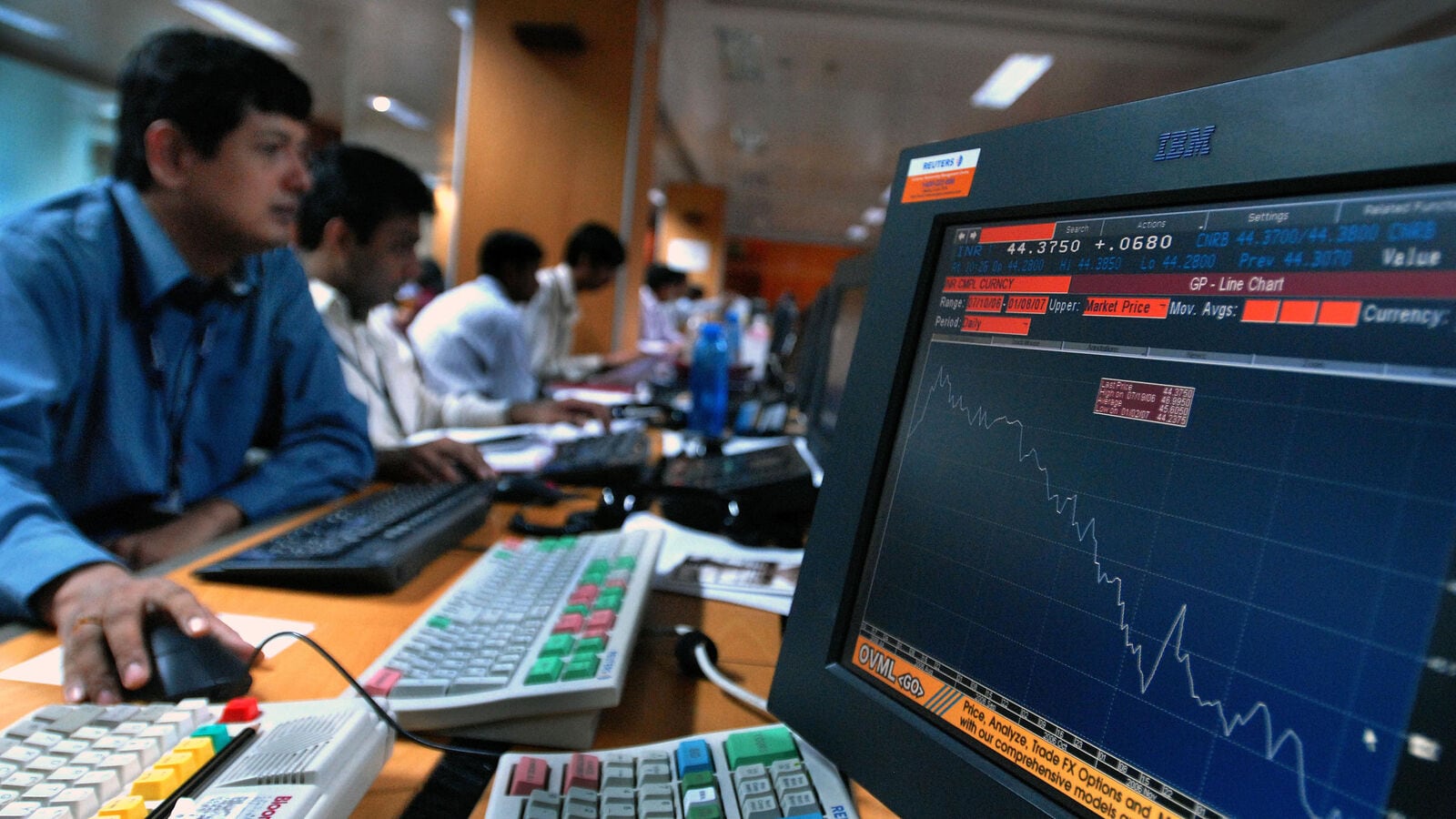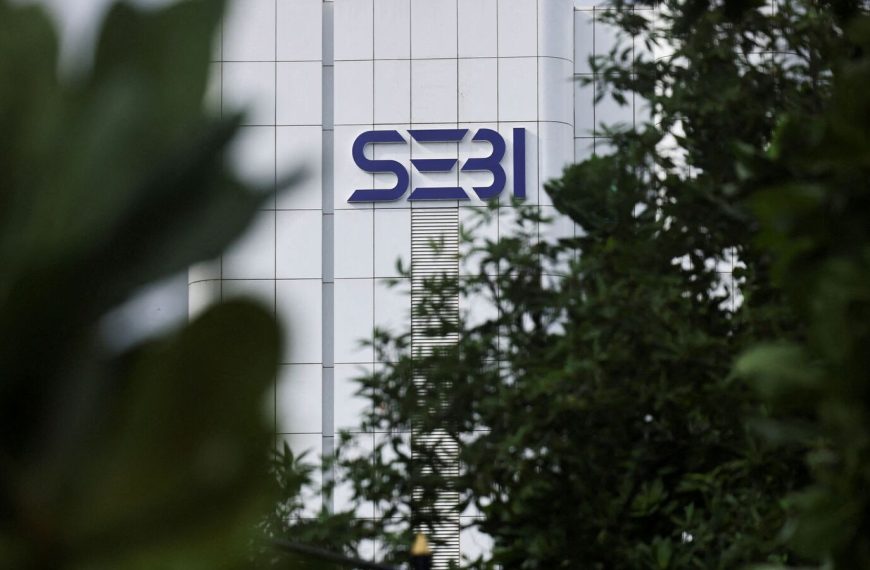The Indian stock market faced another downturn today, reversing the brief relief rally seen just yesterday. Investor unease resurfaced as worries mounted over the potential failure of U.S. negotiations with its trading partners regarding reciprocal tariffs. Despite the Reserve Bank of India’s (RBI) recent repo rate cut for the second time, market sentiment remained low, primarily due to escalating global trade tensions that overshadowed domestic policy support.
Market Performance Overview
The Nifty 50 index concluded the trading day down by 0.61%, closing at 22,399 points. Similarly, the Sensex dropped 0.51%, finishing at 73,847 points. Broader market indices also experienced losses, with the Nifty Midcap 100 falling 0.51% to 49,582 points, and the Nifty Smallcap 100 declining by 0.86% to 15,256 points.
- Nifty 50: -0.61% (22,399 points)
- Sensex: -0.51% (73,847 points)
- Nifty Midcap 100: -0.51% (49,582 points)
- Nifty Smallcap 100: -0.86% (15,256 points)
Impact of U.S. Tariffs
Recent developments have intensified trade concerns, particularly following U.S. President Donald Trump’s implementation of an additional 54% tariff on Chinese goods, raising the total tariff rate on imports from China to 104%. This move, along with increased duties on other countries, including India, has heightened investor jitters, leading to widespread selling and pushing stock prices to multi-month lows.
Sector-Specific Reactions
The ongoing trade disputes have prompted analysts to reduce target prices for various sectors, with the Information Technology (IT) sector facing the brunt of the impact. A recent analysis by the global brokerage firm Jefferies slashed earnings per share (EPS) estimates for Indian IT companies by 2-14%. Notably, price targets for several IT stocks have been adjusted downwards, ranging from 5% to 35% due to increasing uncertainties in the sector.
- Potential IT Sector Declines: Kotak Institutional Equities predicts a decline of up to 38% for IT stocks if a U.S. recession occurs.
The Nifty IT index has emerged as the most significant laggard, recording a 2.19% drop today, contributing to a 12% decline this month alone. In addition, the metal sector is also feeling the pressure, as fears grow regarding the implications of U.S. trade policies on China—one of the leading consumers and producers of metals globally.
RBI’s Monetary Policy Update
In a bid to bolster the economy amid these challenges, the RBI announced a 25-basis-point rate cut in its latest monetary policy meeting, marking the second consecutive reduction. This brings the repo rate down to 6% from 6.5%, providing a total cut of 50 basis points over recent meetings.
- New Repo Rate: 6% (down from 6.5%)
Despite this supportive measure, the RBI has adjusted its growth forecast for FY2026 to 6.5%, down from 6.7%, citing ongoing tariff tensions. The central bank remains optimistic about inflation, projecting a rate of 4% for FY2026, assuming normal monsoon conditions.
Expert Insights
Vinod Nair, Head of Research at Geojit Investments, commented on the current market dynamics, stating that "Global markets are under renewed pressure as reciprocal tariffs escalate trade wars, leading to increased risks. The RBI’s rate cut and accommodative policy stance are positive steps, yet they haven’t significantly boosted market confidence amidst looming recession fears." He added that while sectors like FMCG are performing well, the IT and pharma industries remain cautious due to potential headwinds from U.S. tariffs.
Technical Analysis
According to Rupak De, Senior Technical Analyst at LKP Securities, the Nifty is currently trading below significant resistance levels, indicating short-term weaknesses. The index faces resistance around 22,500, and a breakout above this level could push it towards 22,750-22,800. Conversely, failure to cross this threshold may lead to declines towards 22,000.
In summary, as the Indian stock market navigates through turbulent waters marked by international trade disputes and domestic economic adjustments, investors are advised to stay vigilant and informed about emerging trends and market forecasts.











